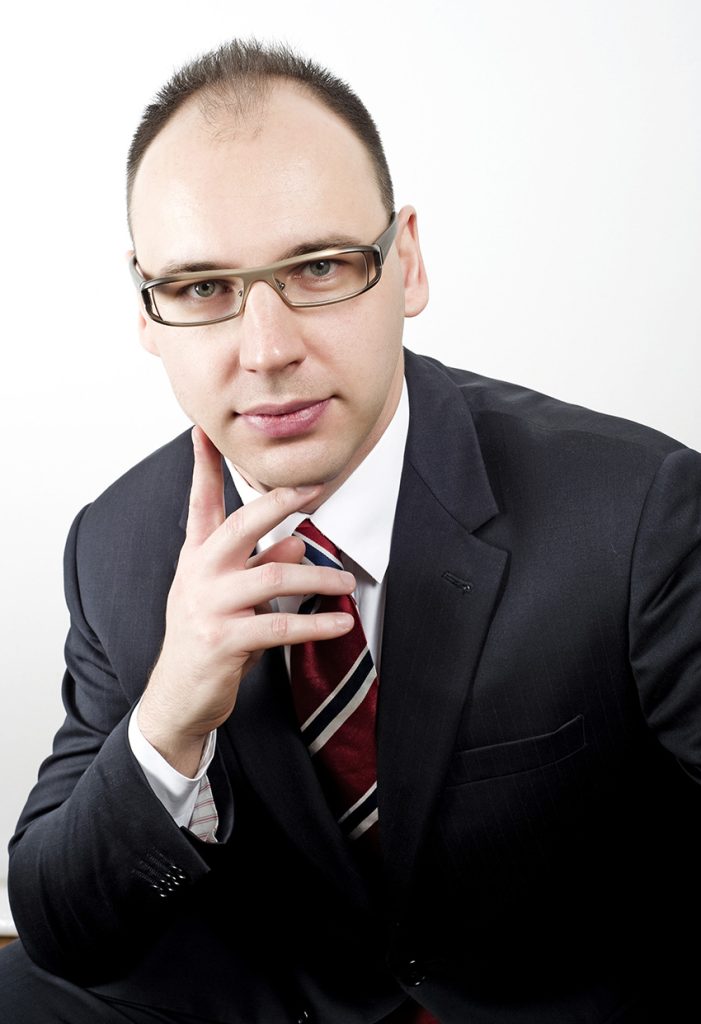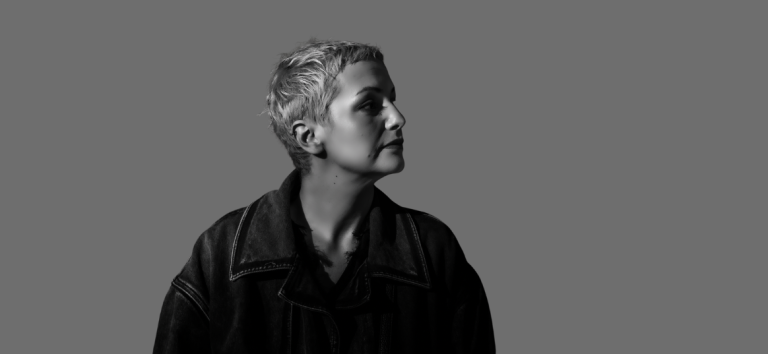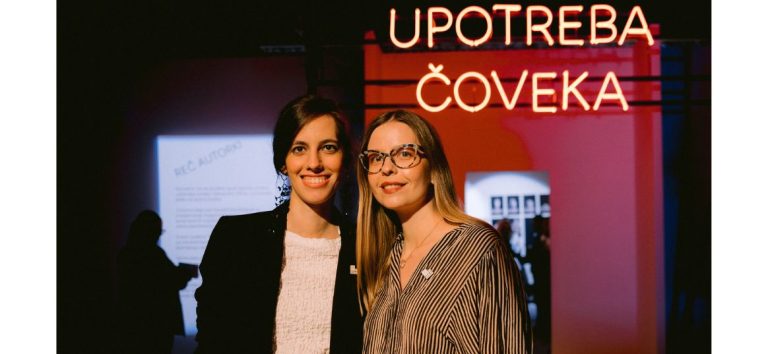Pavel Surovi, a world-renowned graphic designer and fashion photographer, is known for bringing art to life through his work. His passion for tradition and collecting folk costumes reflects his roots in Vojvodina. He is globally recognized for his unique ethno-expression in the world of artistic photography.
As part of the Applied Arts Week during the Kaleidoscope of Culture, on 6 and 7 September, the visitors will have a chance to see his latest project at SCCNS Fabrik. This new media performance and large-format exhibition, titled The World of Surovi: Mira Brtka, presents the fusion of two great artists – Mira Brtka and Pavel Surovi – in a unique multimedia ethno spectacle. By reinterpreting Mira Brtka’s famous dresses (you can read about her life and work in THIS article), Surovi takes visitors on a journey through magical worlds of fairies, goddesses, and warriors, blending the unblendable and creating an atmosphere that transports us to the past. Ahead of the exhibition, Surovi reveals how he merged his philosophy with the work of Mira Brtka.
How did the idea to reinterpret Mira Brtka’s dresses through the lens of new media art come about? What was your first inspiration for this project, and what were the challenges?
This happened while I was working on the Throne project. At that point, I already realised that Mira’s fashion creations, which had come to me, were not mere coincidence but part of a predestined path and mission to breathe new life into and revive her work. I promised myself at that time that I would dedicate a portion of my life to this great creative woman, the most renowned Slovak artist, so that people could recognise her as a talented fashion designer and an exceptional multidisciplinary artist.
My first inspiration came from the associations I drew from the colours, materials, and forms of her dresses. That’s when the initial vision of reinterpreting Mira’s dresses took shape.
If someone were to photograph Mira Brtka’s dress against an ordinary background, it would merely be a soulless catalogue image, lacking anything special, creative, philosophical, or artistic. That’s why I approached it with respect, comprehensively and holistically, pushing myself beyond the successes I had achieved thus far.
The biggest challenges were initially acquiring everything for my vision – backdrops, rugs, carpets, hats, earrings, shoes, furniture, canes, artefacts, held by models, to symbolically evoke new worlds where Mira’s dress became a vehicle for the entire story. Later, through these magical worlds, the audience would see and project themselves through my protagonists, subconsciously connecting with the characters and selecting dresses according to their own personalities.

Your exhibition combines large-format photographs with live models, scenography, and video projections. How do you see the synergy between these various artistic elements, and how do they help convey your vision?
The multi-layered synergy enhances, explains, educates, and entertains the visitors, of course. I introduced a new presentation style from my earlier projects – alongside my photographs, there are live models identical to those in the pictures. This leaves the audience and media in awe, and by taking photos with the live models, they further spread my art on social media. Additionally, I am preparing an unprecedented fashion show that adds even more magic and flavour, taking the presentation of art a step further, and together with video projection, it blends into a timeless, mystical world. Visit the exhibition and the show on Friday, 6 September, and Saturday, 7 September, as it will be a fairy tale staged like a show worthy of Parisian runways, containing various artistic elements and multidisciplinary aspects.
Your work often merges tradition and contemporary art, particularly in the context of ethno-spectacle. How did you balance respecting Mira Brtka’s original designs with introducing modern artistic expressions in this project?
I’ll answer that with my review of Mira Brtka’s fashion dresses: ‘Mira Brtka’s fashion creations are not classics; they transcend time. Mira is an avant-garde prophetess, blending the past with the sensuality and eroticism of the female body and curves, as I perceive her fashion creations. The transparency and lightness of materials, freedom, paradise, layers, short cuts, emphasis on the female body, sensuality, allure, imagination, and above all, the eroticism of women. She intentionally plays with lace and sheer fabrics in provocative parts, creating a paradisiacal woman of the 21st century. She uses birds, angels, and flowers on dresses that are also nightgowns. Then there are the unmatched dressing gowns, inspired by geishas but incorporating our tradition, which are delicately draped over the female body… In her creations, the female body comes to the forefront, liberated from all prejudice.’
This quote says a lot, as Mira followed a contemporary and multidisciplinary approach throughout her career, which is also evident in her fashion creations. I followed her logic, ensuring this fusion remained intact. Additionally, I had her full support and approval for what I was doing to ensure her fashion legacy remained relevant in today’s world, reaching a contemporary audience and generation.

How did your Vojvodina roots influence your approach to reinterpreting Mira Brtka’s dresses?
Tradition, costume design, and antiques from Vojvodina were central elements in crafting and styling the narrative of The World of Surovi: Mira Brtka. This is something everyone recognises, giving me uniqueness and originality.
The military and cultural imprint of Vojvodina is an integral part of the worlds our main characters travel through in this project, and Vojvodinian grandeur and surrealism are part of my signature style, which seamlessly blends with Mira’s fashion creations. Together with her, in this reinterpretation, I ventured into the past, present, and future – something recognised as global and timeless.

Your exhibitions are known for creating a unique atmosphere and experience for visitors. What kind of atmosphere do you aim to create with this installation, and what reaction do you expect from the audience?
Above all, I hope the exhibition will be inspiring and transport people back to a time that no longer exists. I want them to start remembering the stories of their grandparents. These are scenes from bygone times and magical worlds, which could be described as an ethno-spectacle, capable of reviving old Vojvodina towns and landscapes. I hope people will understand my vision, connect with it, and awaken within themselves a sense of belonging to this region, its culture, and traditions, while evoking nostalgia for something that no longer exists but is still somehow present in all of us.
Photo: Pavel Surovi / private archive








